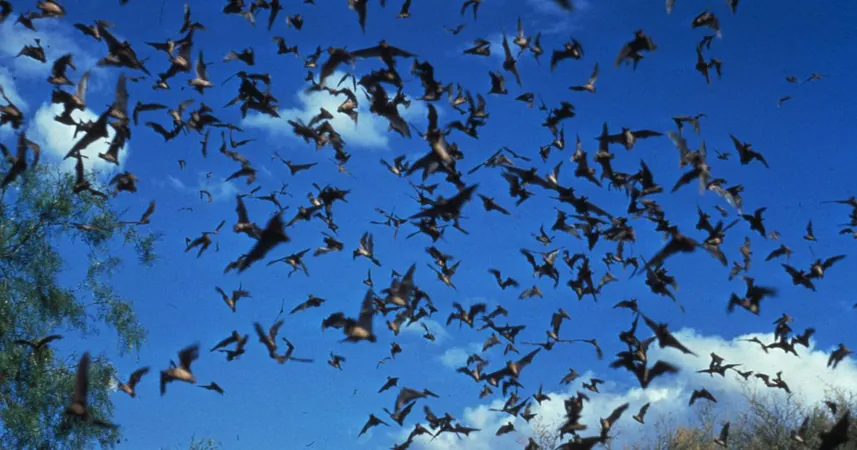
Tragic Rabies Incident Claims Young Life in Canada: What You Need to Know
2024-10-04
In a harrowing event that has shaken the local community, a child in Canada has tragically died from rabies after coming into contact with a bat in their bedroom. Health officials revealed the shocking details this week, marking the first domestically acquired case of human rabies in Ontario since 1967.
Dr. Malcolm Lock, the chief medical officer at the Haldimand-Norfolk Health Unit, stated that the child discovered a bat in their room upon waking up. "The parents looked, didn't see any signs of a bite or scratches or saliva, and, unfortunately, didn’t seek a rabies vaccination," said Dr. Lock. This lack of immediate action led to a devastating consequence: the child's hospitalization in early September and subsequent death.
Ontario's Chief Medical Officer, Dr. Kieran Moore, confirmed the case was linked to direct contact with a bat, underscoring the seriousness of rabies transmission in regions where wild animals are common. Sadly, officials have not released further details regarding the child's age or gender, citing patient confidentiality.
What is Rabies and How Does It Spread?
Rabies is a lethal viral infection that strikes the nervous system, leading to severe inflammation of the brain and spinal cord. The virus is predominantly spread through the saliva of infected animals via bites or scratches. Common carriers include bats, raccoons, foxes, skunks, and even household pets. Without timely medical intervention, rabies is nearly always fatal once symptoms manifest.
Health authorities stress the importance of receiving rabies vaccinations promptly after potential exposure. Treatment is highly effective if initiated before any symptoms appear. Yet, because bat bites often go unnoticed due to their small teeth, it is crucial to be vigilant if there’s a chance of exposure.
Symptoms of Rabies: What to Watch For
Rabies symptoms can initially mimic flu-like ailments and might include weakness, fever, discomfort, and headaches. However, specific signs may appear at the bite site, such as discomfort, prickling sensations, or itchiness. The incubation period ranges from weeks to months, influenced by factors like the severity of exposure or the location of the bite.
According to the Centers for Disease Control and Prevention (CDC), rabies has claimed 28 lives in Canada since reporting began in 1924, all of which were fatal cases.
A Call to Action: Stay Informed and Safe
This incident serves as a grim reminder of the importance of awareness when it comes to wildlife encounters. If you or someone you know is bitten or scratched by an animal that may be rabid, wash the wound immediately with soap and water for at least 15 minutes and seek medical attention without delay.
As communities grapple with the implications of this tragic event, relevant health authorities urge everyone to remain vigilant regarding wildlife interactions and to act swiftly in seeking medical advice when necessary. Don't let ignorance be the reason for another tragedy — educate yourself and those around you about the real dangers posed by rabies.



 Brasil (PT)
Brasil (PT)
 Canada (EN)
Canada (EN)
 Chile (ES)
Chile (ES)
 España (ES)
España (ES)
 France (FR)
France (FR)
 Hong Kong (EN)
Hong Kong (EN)
 Italia (IT)
Italia (IT)
 日本 (JA)
日本 (JA)
 Magyarország (HU)
Magyarország (HU)
 Norge (NO)
Norge (NO)
 Polska (PL)
Polska (PL)
 Schweiz (DE)
Schweiz (DE)
 Singapore (EN)
Singapore (EN)
 Sverige (SV)
Sverige (SV)
 Suomi (FI)
Suomi (FI)
 Türkiye (TR)
Türkiye (TR)